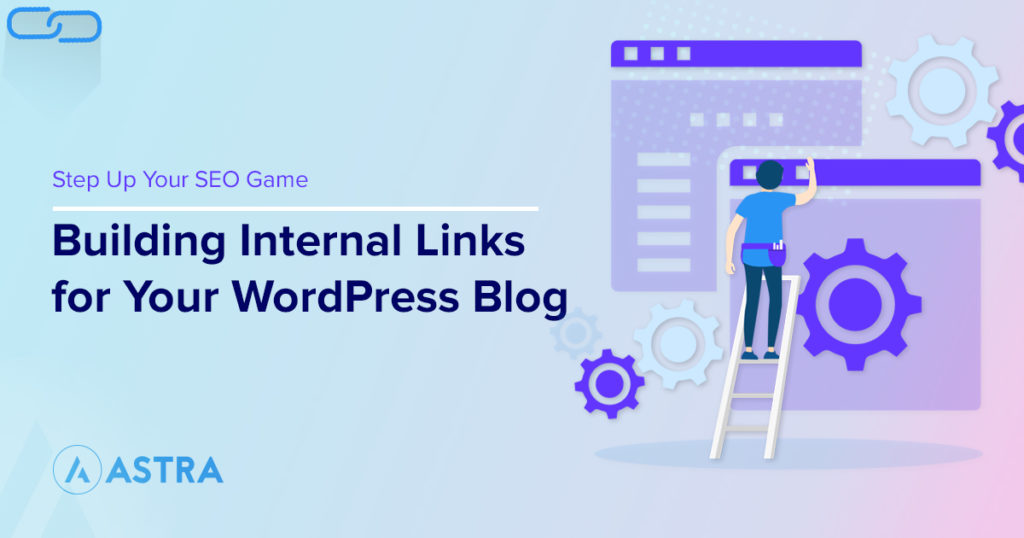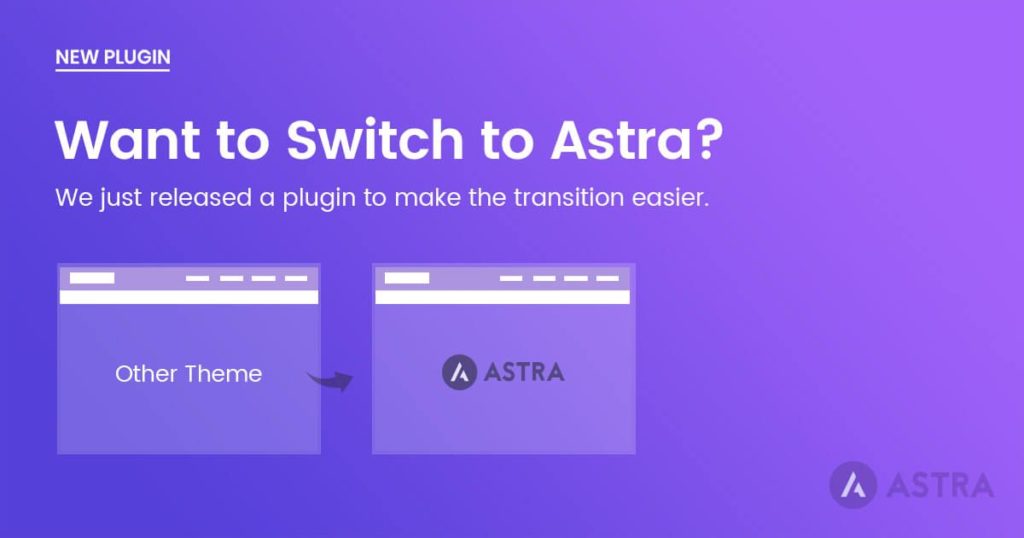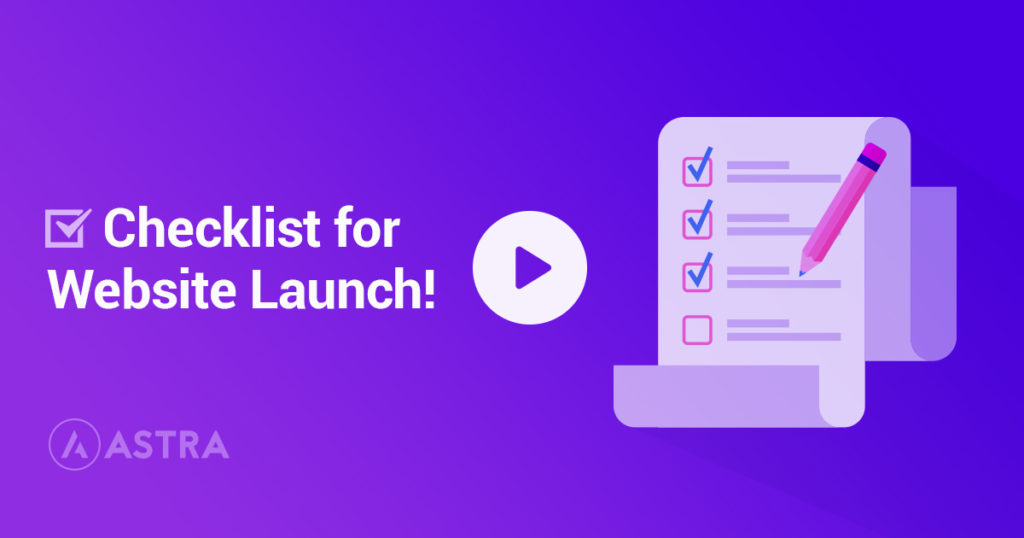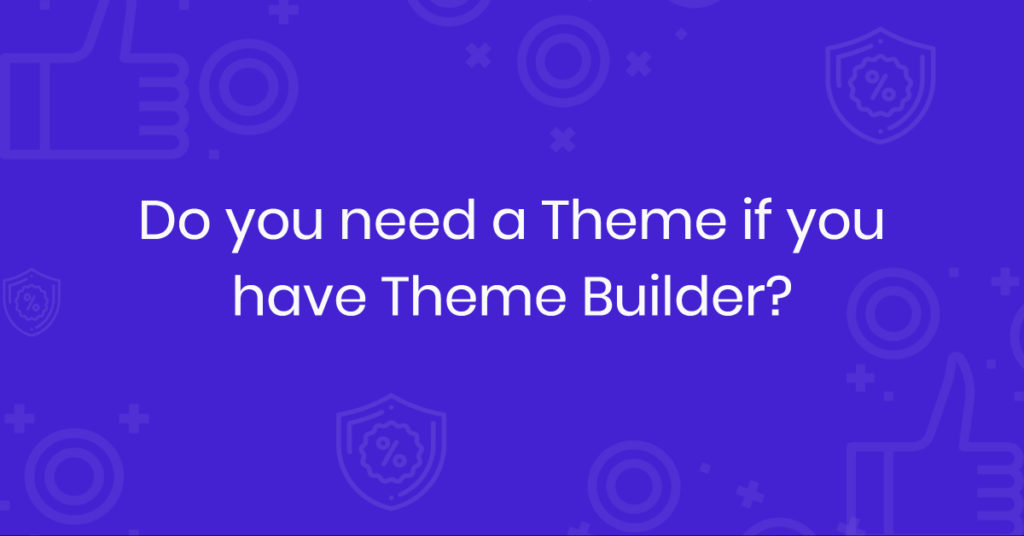Up to 98% of your users could be visiting one page of your website and bouncing away. And you have about 5.59 seconds before your visitors make the decision to stay or go. It’s impossible to give an exact number, but safe to say that the vast majority won’t return.
Better internal linking can solve part of that problem. You’ll help your readers get to related content, increase your impact and build trust, and you’ll show Google what your page is about.
Three birds, one stone.
Today I want to show you how to build internal links for your WordPress blog. By the end of this article, you will:
- Understand the benefits of internal linking
- Be able to add faster and easier internal links to your content
- Know best practices for internal linking and how to have maximum impact
What Are the Benefits of Internal Linking?
I’m not the only one who thinks that internal linking can have a big impact on your site. Emma Labrador from Unamo says that “Internal linking is essential to any website because it helps establish site architecture and spread the link juice.”
Seopressor says that “Internal linking is essential for a website’s on-page SEO, and it is an evergreen SEO strategy that should really be practiced by every SEO marketer out there.”
Let’s expand on the benefits of internal linking a bit more.
How Internal Linking Improves Your Rankings
Google says that internal linking can have a dramatic impact on your traffic.
This is because internal links give Google a good idea of what’s on the page that receives the internal link.
Google’s algorithm is smart, but it isn’t perfect.
They don’t want to just crawl the page and see what it’s about. Google wants to know how much you value the page. Internal linking shows Google how important you think the page is. Your anchor text gives Google an extra hint on what the page is about.
But how much impact does internal linking have?
One of our clients ran a test back in the earlier part of 2019.
They did a few content updates and added several internal links to two of their posts. One post was targeting the keyword “best online business” and getting a little over 500 views per week.
They added a few internal links and had a significant traffic boost to their page. Organic traffic went from 500 visits per week to 1,000 per week.

So they ran the test again.
This time, they added links to an article targeting “best niche markets”. They added about 50 more internal links pointing to the article.
As before, traffic improved:
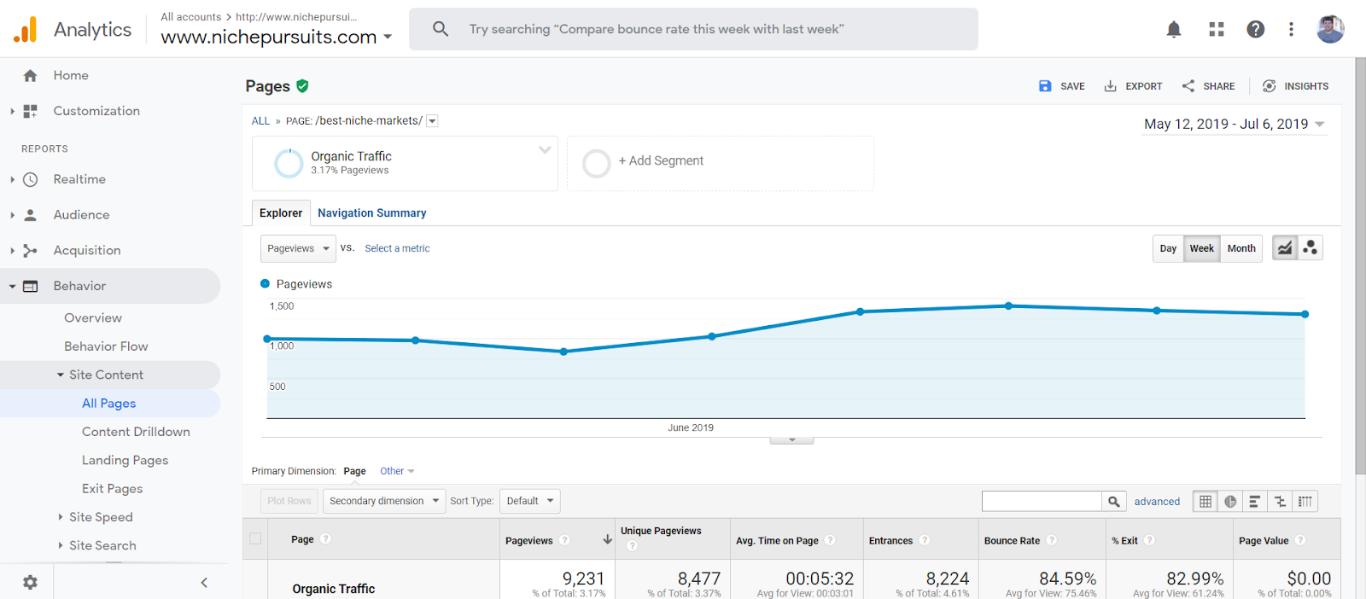
It’s impossible to prove that internal linking was the sole cause of the traffic boosts, but there’s a strong correlation. When links were added, traffic had a significant improvement.
Our clients repeated this for several pieces of their older content. Not all the articles started getting double the organic traffic afterwards, but the majority showed improvement.
How Internal Linking Can Boost Your User Metrics
When you add internal links, you allow your readers to access the content that they want.
You provide them a way to get relevant, interesting, connected content to what they’re already reading.
So it’s not a surprise that adding internal links boosts your user metrics (bounce rate, pages per session, and time on page).
Here’s an example from the “best niche markets” article that we looked at earlier:
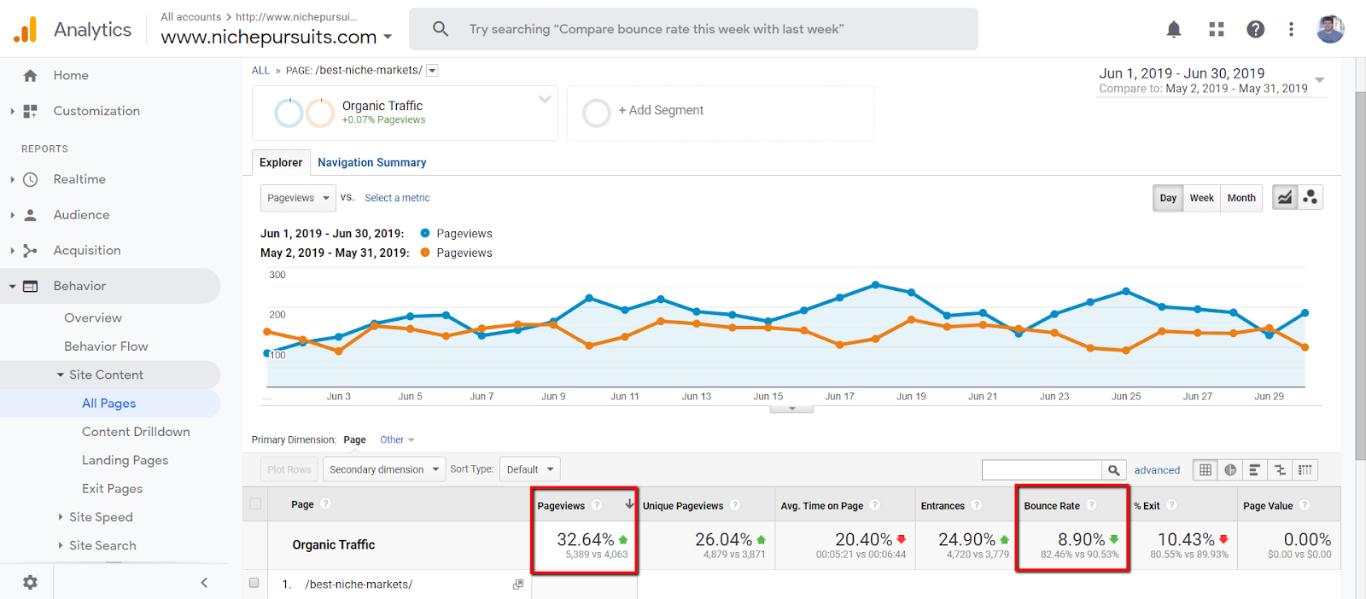
You can see that pageviews went up (though this had to do with increased rankings as well).
The bounce rate decreased by a whopping 8.53%.
You’ll notice that time on page and the percentage of exits went down a bit. That was due to the internal links opening in the same tab. They fixed this and time on the page went back to normal levels.
Internal links improved the bounce rate by helping visitors go to other pages. Increased pages per session is a natural consequence.
Internal links improve time on the page if you set internal links to open in new tabs (otherwise, internal links might hurt time on page).
When our clients added internal links to the articles we looked at earlier, their user metrics improved. And they aren’t the only ones who have had this experience. Several SEOs agree that internal linking helps your on-page SEO and user metrics.
How to Build Trust With Internal Linking
Trust is an unmeasurable metric, but it might just be the most important metric of them all. Trust impacts everything from user metrics to SEO to how many people open your emails.
It’s the metric that we should focus on above all. When trust isn’t present, nothing you publish or market will make a difference.
Internal links help build this trust with your audience. The more time they spend on your site and the more value you provide them, the greater their trust for you.
Because every time that your audience sees something that they like, relate with and understand, they begin to trust.
Internal links are your way of showing your audience that you’re trustworthy.
They see that you publish awesome content (or have awesome products) and you have the audience’s interests in mind first. They can tell that you’re well-studied and have a comprehensive knowledge of your niche.
This is a type of topical authority, but for your readers instead of Google.
Internal linking shows your readers that you know your stuff. They see that you have related articles, related products, wow you must be really good at this.
And that trust begins to build.
Trust manifests itself as a converted lead, then into a customer, and then a repeat customer. It’s a visitor who subscribes to your email, someone who favorites your website.
The customer who trusts you becomes one of your true fans. These repeat customers and true fans can be the lifeblood of a successful business: 61% of small to medium-sized businesses (SMBs) report that over half their revenue comes from repeat customers.
How To Build Internal Links For Your Wordpress Blog
Starting a WordPress blog is easy but increasing the organic traffic is a bit difficult to drive. This is where the internal linking strategy comes in to help improve your site’s ranking in search engines.
A good internal link will be to a page that’s related to your current page.
It is super easy to build one.
Start by finding a place in your article or page where you know that you can mention another, related article or product.
I’m going to be using an example in the WordPress post/page editor:

This highlighted text will be called your “anchor text”. It should be relevant to the article that you’re linking to.
Find the URL of the article you want to link to. You can hit Ctrl + K on Windows, Command + K on a Mac. This brings up an option to insert a link.
It will look like this:

Don’t forget to click the gear and open your link in a new tab.
This manual method is the best way to add internal links to your site… until you have more than 10 posts or pages.
Building internal links manually has a natural upper limit.
Every good internal link needs 4 things:
- A good anchor text for your links
- A significant chunk of time (the manual method can take a while if you’re building links to/from multiple posts)
- Articles that are relevant to the article you’re writing now
- Intimate knowledge of your blog/website
It sounds like a pretty good task for a VA, right?
It’s not.
VAs will struggle to add incredible internal links for 2 reasons:
First, there’s a fine balance between a good number of internal links and too many. The links have to be relevant or it doesn’t help you.
Second, a VA will lack intimate knowledge of your website. That means that your costs skyrocket as your VA has to learn your site and search it for relevant opportunities.
But no worries, there are some WordPress Plugins that can help us. 3, in particular, are pretty good at helping with internal linking.
The Top Three Internal Linking Plugins for WordPress
Here are the top 3 plugins for WordPress internal linking (2 are premium, 1 is free).
Yoast Premium
Yoast SEO does a bit more than greenlight your posts and let you set meta descriptions. The premium version will give you suggested internal links for your posts. These show up in your WordPress editor sidebar.
But this isn’t a super strong solution.
For starters, Yoast will only recommend up to 10 internal links.
The more damaging problem is that Yoast doesn’t tell you where to put these links. Yoast lets you copy the URL, but doesn’t indicate where the links should go.
Which isn’t much better than just inserting the links manually.
Overall, it’s great to use if you already have Yoast Premium. But I wouldn’t buy Premium just for the internal linking features.
Internal Link Juicer
Internal Link Juicer (ILJ) is a high-rated and popular internal link building plugin.
For each post you create, you can set target keywords.
ILJ looks for these keywords in your existing content and creates internal links back to the post you want.
So for a post targeting “how SEO works”, you might set keywords as “how SEO works” or “improve SEO”
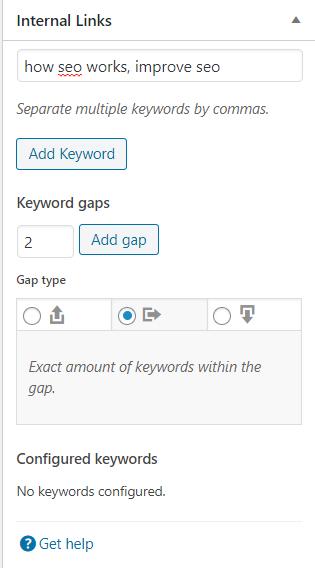
When ILJ finds these words on any of my existing content, they create an internal link back to my post on how SEO works.
You can also set up “gaps” between your set keywords.
Gaps allow for internal links to look a little bit more natural.
If I type the word “improve my site’s SEO”, there is a gap of 2 words between my set keywords. ILJ still creates that link if I set my gap to 2 or higher.
The downside here is that ILJ requires you to go post by post and add internal links. That’s a little frustrating. And even with gaps, sometimes the keywords can still feel a little stale.
Link Whisper
Link Whisper was created by Spencer Haws over at Niche Pursuits. It uses AI to analyze your content and offer smart, dynamic, and relevant suggestions for internal links.
Link Whisper looks at your post and gives you internal link suggestions at the bottom of the page:
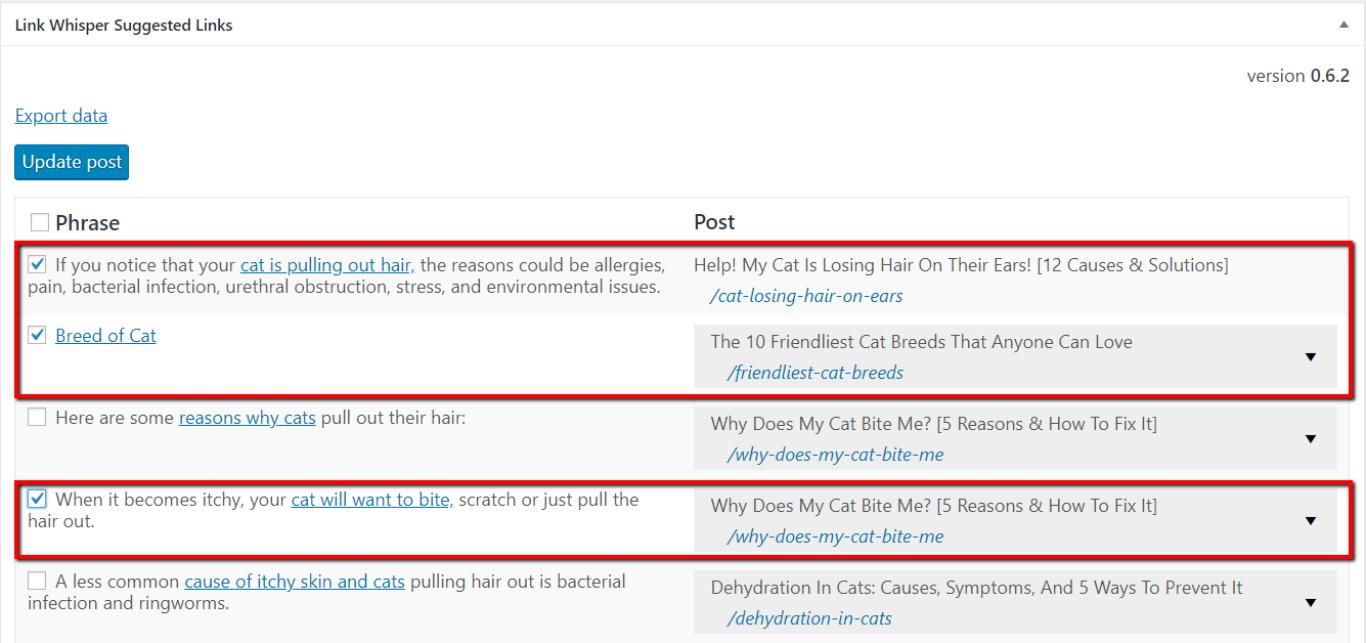
I highlighted all the ones I thought were relevant. It’s not perfect, but it gets a lot more relevant suggestions than it gets irrelevant 🙂
You can click the boxes on those and click Update Post, and the links are added.
I like how Link Whisper doesn’t just select stale anchor text.
For example, “breed of cat” links to an article about the 10 friendliest cat breeds. “Cat will want to bite” links to an article about why cats bite you.
You can also use Link Whisper to add inbound links to content.
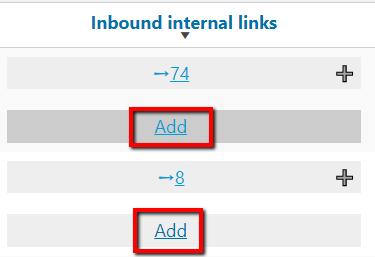
Once you find a post that you want to add internal links to, click on Add below Inbound internal links.
You get a screen like this:
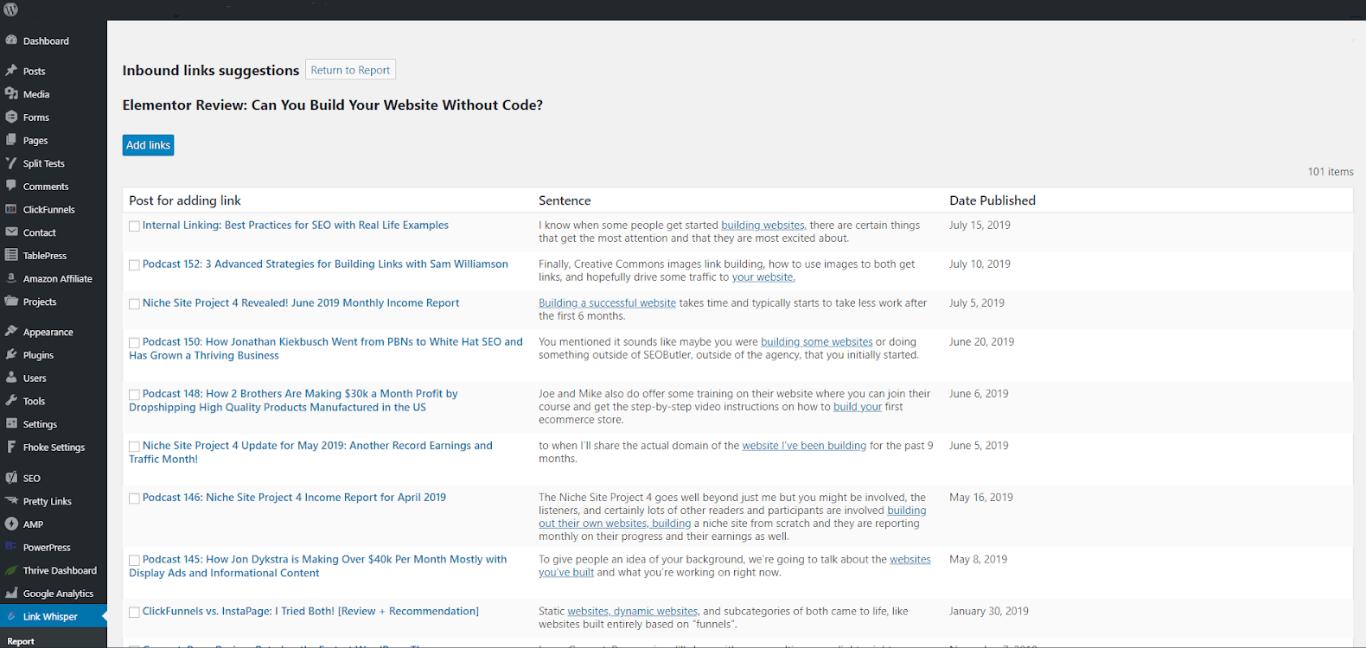
The “Post for adding link” column shows you what post your link will be in.
The “Sentence” column shows you where the anchor text will go within that post.
Link Whisper lets you add internal links from posts and to posts. That’s pretty powerful.
Link Whisper also allows you to find content that doesn’t have any internal links to it.
This is called “orphaned content” and it tends not to perform as well as it could be doing with Google.
You can sort your pages by inbound internal links to find the pages with 0. These are your orphans.
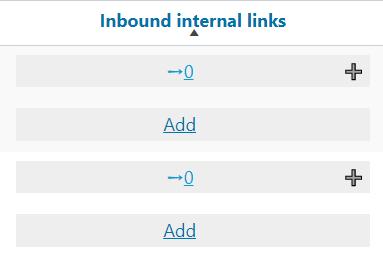
But what are the problems with a tool that’s so powerful?
Things To Consider
Here are a few questions or concerns that often come up about internal linking.
Does Repetitive Anchor Text Hurt Seo?
Repetitive anchor text can look spammy.
A good rule of thumb is that you want your anchor texts to be the same as your keywords for the post.
Since posts can (and should) rank for a lot of terms, it’s a good idea to vary your anchor text. But all of the plugins I’ve mentioned above do this:
Yoast just suggests internal links. You pick the anchor text.
Internal Link Juicer allows for gaps between keywords that make the internal link more natural.
Link Whisper uses AI to pick a variety of different anchor texts for your internal links. If you don’t like the anchor text, Link Whisper allows you to change it.
These software are smart about how they pick anchor texts. I think you’re a bigger risk of repetitive anchor text by not using an internal linking plugin.
Will the Anchor Text Be Personalized to Context?
Context is important. You don’t want to have four articles targeting keywords with “SEO” and internal links going to just one of those posts.
You want your internal links to be dynamic and personal.
Yoast and Internal Link Juicer don’t do much for you here.
Link Whisper’s AI isn’t perfect, but it is pretty good.
It understands context pretty well. Each internal link seems personal. Link Whisper allows you to personalize these links even more by changing the anchor text.
Will Too Many Plugins Hurt My Load Time?
Each plugin impacts your load time a little, but it’s often negligible. You can have the whole Business Toolkit suite and your site can still be running fast.
If you have a super-fast theme like Astra, that’s even more true 😉
You lose a lot more speed by publishing unoptimized images and having long redirect strings than you do by adding a plugin.
And when you consider the time that an internal linking plugin could save you, I think they’re a worthy investment.
Final Thoughts
Internal linking helps you rank higher, engage more users, and build the all-important trust metric.
You can build internal links by hand, but it’s time-consuming and difficult to outsource well. Note that I didn’t say it’s difficult to outsource; you can outsource it. You’ll just get poor results, spend a ton of money, or both.
If I could recommend one internal linking plugin, it would be Link Whisper.
Link Whisper allows you to take advantage of AI to add smart, relevant, and fast internal links to your content.
Click here to try Link Whisper out on your site today.
Thanks for reading. How are you handling your internal linking on your site?

Pratik Chaskar holds the pivotal role of CTO at Brainstorm Force, serving as the backbone of the company. Renowned for his organizational skills, strategic thinking, problem-solving attitude, and expertise in leading and executing plans, Pratik plays a crucial role in the BSF’s technological landscape.
Disclosure: This blog may contain affiliate links. If you make a purchase through one of these links, we may receive a small commission. Read disclosure. Rest assured that we only recommend products that we have personally used and believe will add value to our readers. Thanks for your support!
